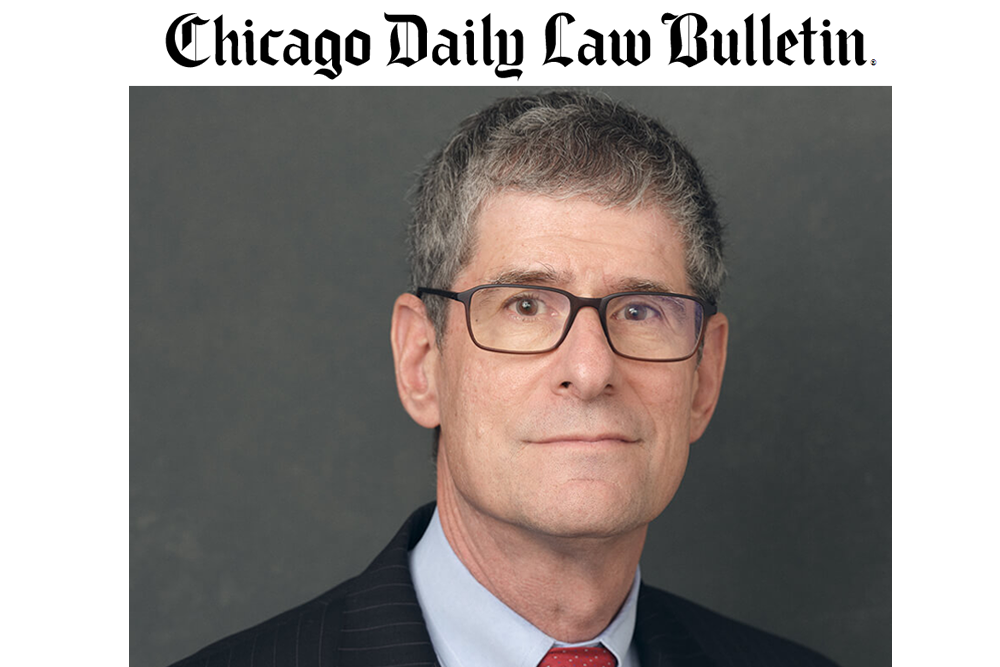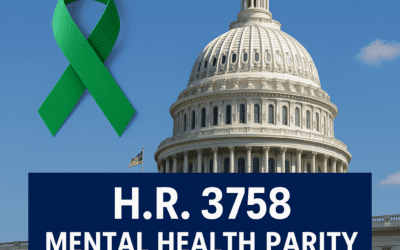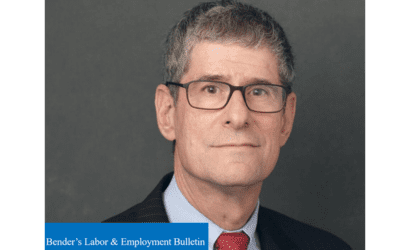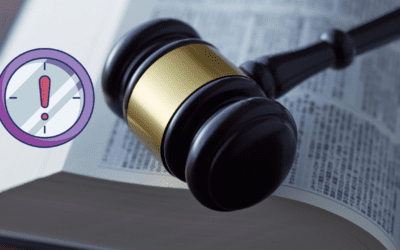According to the Centers for Disease Control and Prevention, more than 40% of the adults in the United States have contracted COVID, and nearly one in five of those have experienced symptoms of long COVID. As a recent ruling from a federal court in Washington points out, lawyers get long COVID, too.
The case of Abrams v. Unum Life Insurance Company of America, 2022 WL 17960616 (W.D. Wash. Dec. 27, 2022), involved William Abrams, who, prior to becoming disabled, was a highly successful trial and appellate lawyer in Seattle, as well as an avid runner, having run in three major international marathons. However, beginning in April 2020, Abrams began experiencing recurrent fevers, profound fatigue and “mental fogginess” that interfered with his ability to practice law. Abrams did not get better despite consulting with multiple doctors, and he filed an application for long-term disability insurance benefits on July 10, 2020. However, Unum Life Insurance Company of America denied Abrams’s claim, claiming insufficient evidentiary support.
Following Unum’s denial, Abrams submitted additional evidence, which included a neuropsychological evaluation that did not show a significant cognitive impairment but did find some mild learning deficiencies and memory impairments, and concluded that Abrams’ test results proved he was not malingering. Abrams’ doctors, while supporting his claimed disability, were divided as to the cause, with some doctors diagnosing long COVID, while others diagnosed chronic fatigue syndrome.
Unum upheld its denial, though, and litigation ensued. The court ruled in the plaintiff’s favor. First, the court recognized the significant cognitive and physical demands made on a trial lawyer, describing the work as being “akin to writing, directing, producing, and starring in a play simultaneously.” The court added that a litigator’s “work is mentally and physically grueling.”
Since the issue before the court was whether Abrams could perform “the material and substantial duties of his occupation,” the court concluded from the medical evidence and observations made by the plaintiff’s family and colleagues that the plaintiff met that standard. Although there was some dispute as to the etiology of Abrams’s symptoms, the court noted the concurrence of the plaintiff’s doctors as to his inability to work, and pointed out the medical evidence supported a conclusion that Abrams was unable to “plan out trial strategies for multiple, complex cases” and that it did not really matter what diagnostic label was placed on the underlying condition.
The court’s finding is not only applicable to disability claims brought by members of the legal profession, but also benefits long COVID sufferers who work in other cognitively demanding occupations. The ruling also established that a specific diagnosis is not essential. However, the court’s willingness to accept Abrams’s disability even though his diagnosis was questioned is not unique.
As the 10th U.S. Circuit Court of Appeals pointed out in Gaylor v. John Hancock, 112 F.3d 460, 467 (10th Cir. 1997), another disability case where the cause of the claimant’s impairment could not be determined:
“These doctors did not use a crystal ball to conclude that Ms. Gaylor was disabled; their opinions were based on clinical physical examinations. The verification requirement must be treated as evidentiary in nature. Medicine is, at best, an inexact science, and we should not disregard the great weight of the evidence merely because objective laboratory diagnostic findings either are not yet within the state of the art, or are inconclusive.”
Since there are no specific laboratory tests available to diagnose long COVID, or even chronic fatigue syndrome for that matter, the absence of concurrence among Abrams’s physicians as to his diagnosis was not surprising; and the court would have unfairly punished Abrams if it had focused on his diagnosis rather than his limitations.
What obviously led to the favorable outcome here, though, was the consistency of the evidence favoring Abrams. First, and most evident, was the court’s familiarity with the duties of a trial lawyer and how the job is both cognitively and physically demanding.
Next, the court was impressed by how successful Abrams had been both as a trial lawyer, as well as his level of activity outside of work.
Third, the plaintiff’s willingness to consult with multiple doctors in an effort to overcome his illness bolstered his credibility.
Further, while the neuropsychological evaluation Abrams underwent was not particularly revealing, it corroborated his credibility, as did the consistent observations made by Abrams’s family and colleagues.
Relatedly, as a federal court in Tennessee recently noted, it would have been illogical for Abrams to have abruptly abandoned his career if he were not genuinely disabled. The case of Boersma v. Unum Life Ins. Co. of Am., 546 F.Supp.3d 703, 713 (M.D. Tenn. 2021), teaches:
“Finally, Boersma’s own history of professional success and dedication to her career tends to weigh against any inference that she would falsify or exaggerate her symptoms to avoid her career responsibilities …. It is, of course, possible for an employee to go from having exemplary performance to exaggerating symptoms to avoid work. The court, however, finds it more likely — particularly in light of the other evidence presented — that Boersma’s career trajectory was disrupted by her symptoms….”
Proving disability for conditions such as long COVID is challenging. While insurers understandably have concerns about potential fraud, it is undeniable that long COVID exists and afflicts a substantial number of individuals who were infected with the virus. The Abrams ruling offers a roadmap on how to prove a disability claim involving long COVID, especially for lawyers who are just as susceptible to long COVID as anyone.
Mark D. DeBofsky is a shareholder at DeBofsky Law.
This article was first published by Chicago Daily Law Bulletin on January 5, 2023.







